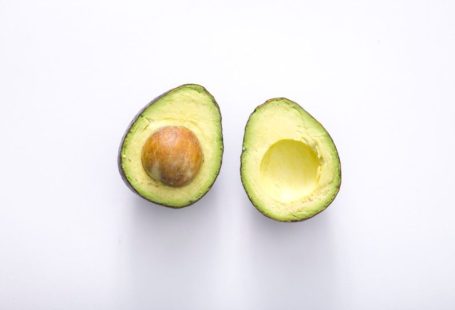The history of sugar can be traced back to ancient times, with its origins in India around 500 BC. From its humble beginnings as a rare and exotic commodity, sugar has become a staple in households worldwide. But how did this transformation occur? The answer lies in the ingenious technology of sugar mills, which played a crucial role in making sugar production efficient and accessible on a global scale.
The Evolution of Sugar Mills
The earliest sugar production involved manual labor, with workers extracting juice from sugarcane by hand. This labor-intensive process limited the quantity of sugar that could be produced, making it a luxury reserved for the wealthy. However, the invention of the sugar mill revolutionized the industry by automating the extraction process. The first sugar mill was developed in India around the 4th century AD, using two vertical rollers to crush the sugarcane and extract the juice. This innovation marked the beginning of a new era for sugar production.
From India, the technology of sugar mills spread to the Middle East and eventually to Europe during the medieval period. In the 15th century, Portuguese explorers introduced sugarcane cultivation to the New World, leading to the establishment of sugar plantations in the Caribbean and South America. The demand for sugar grew rapidly, prompting the development of more advanced sugar mills to meet the increasing production requirements.
The Inner Workings of a Sugar Mill
A sugar mill is a complex industrial facility designed to process sugarcane and extract sugar in various forms. The process begins with the reception of harvested sugarcane, which is washed and shredded to extract the juice. The juice is then clarified and purified before being boiled to evaporate the water content and crystallize the sugar. The resulting sugar crystals are separated from the molasses and dried to produce raw sugar.
Modern sugar mills are equipped with advanced machinery and automation systems to streamline the production process. High-speed turbines and centrifuges are used to separate sugar crystals from the syrup efficiently. Vacuum pans are employed to control the boiling process and ensure the production of high-quality sugar. The entire operation is monitored and controlled by computer systems to optimize productivity and maintain product consistency.
Environmental Impact and Sustainability
While sugar mills have played a significant role in sweetening the world, they have also raised concerns about their environmental impact. The wastewater generated during the sugar production process contains high levels of organic matter and pollutants, posing a threat to water bodies and ecosystems. To address this issue, modern sugar mills have implemented wastewater treatment systems to minimize pollution and comply with environmental regulations.
Furthermore, the sustainability of sugarcane cultivation is a growing concern due to its impact on land use and biodiversity. Deforestation and land conversion for sugarcane plantations have contributed to habitat loss and soil degradation in many regions. Sustainable practices such as organic farming, agroforestry, and crop rotation are being adopted to minimize the environmental footprint of sugarcane cultivation and ensure the long-term viability of sugar production.
The Future of Sugar Mills
Despite the challenges related to environmental sustainability, sugar mills continue to play a vital role in the global food industry. The demand for sugar and its by-products remains high, driven by consumer preferences and the food processing sector. Innovations in biotechnology and process engineering are being explored to enhance the efficiency and sustainability of sugar production.
In conclusion, sugar mills have been instrumental in shaping the history of sugar and its widespread availability in the modern world. The evolution of sugar production technology has transformed sugarcane into a versatile and essential ingredient used in a variety of products. As we look to the future, the continued development of sustainable practices and advanced technologies will be crucial in ensuring the longevity of sugar mills and the sweet legacy they have created.





